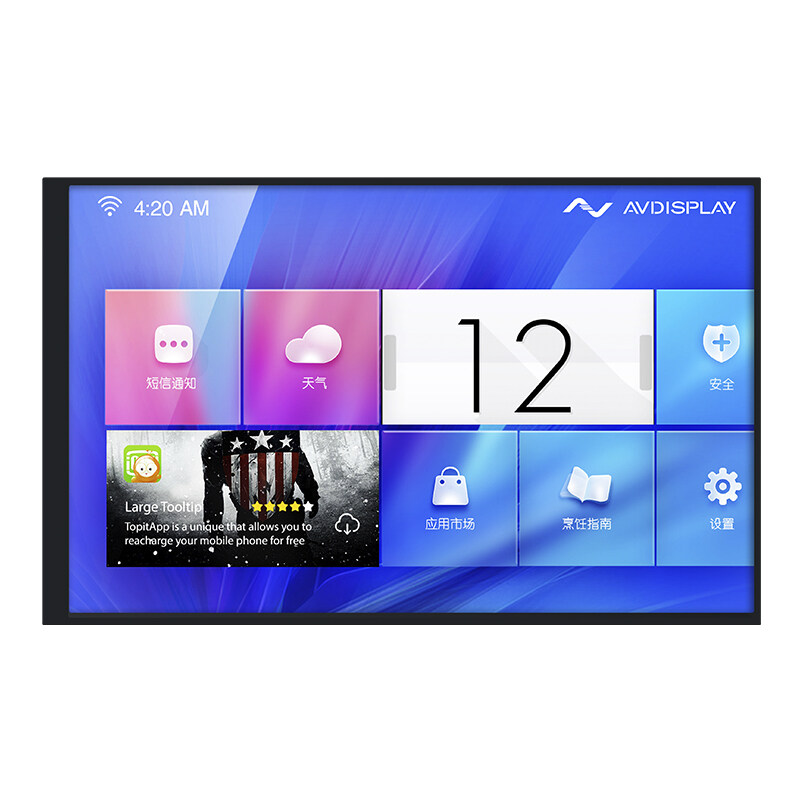Email format error
Email cannot be empty
Email already exists
6-20 characters(letters plus numbers only)
The password is inconsistent
Email format error
Email cannot be empty
Email does not exist
6-20 characters(letters plus numbers only)
The password is inconsistent


Thin-Film Transistor (TFT) screens have become a staple in the world of digital displays, from smartphones to large televisions. The technology behind TFT screens is what sets them apart, offering improved image quality, faster response times, and energy efficiency. This article will explain why TFT screens utilize thin-film transistors and the benefits this technology provides.
Thin-film transistors are a type of field-effect transistor that uses a thin film of semiconductor material as the active layer. In the context of displays, TFTs are used to control the pixels in a liquid crystal display (LCD). Each pixel is addressed by a transistor, allowing for precise control over brightness and color.
TFT technology allows for sharper images and faster refresh rates compared to traditional LCDs. The use of a dedicated transistor for each pixel enables more accurate color representation and improved image clarity.
The transistors in TFT displays offer faster response times, reducing motion blur and enhancing the viewing experience, especially for fast-paced scenes in videos and gaming.
TFT displays are known for their energy efficiency, consuming less power compared to other display technologies. This makes them an environmentally friendly choice for a wide range of applications.
A TFT LCD display consists of multiple layers, including a backlight layer, polarizer and liquid crystal layer, TFT array, and color filters. The TFT array, a grid of thin-film transistors, enables precise control of each pixel, ensuring sharp and accurate displays.
Each pixel in a TFT LCD display is controlled by its own transistor, allowing for precise voltage adjustments. This ensures consistent brightness and contrast across the screen, even for high-resolution displays.
As demand for better visual experiences grows, manufacturers are increasing resolutions and aspect ratios in TFT displays. This offers detailed visuals for applications requiring high clarity, such as medical imaging or automotive dashboards.
TFT technology can be applied in various devices, from mobile phones to large-screen televisions. Its adaptability to different applications is a significant advantage.
The costs of manufacturing TFT displays have decreased as the technology has matured, making these displays an affordable option for consumers and manufacturers alike.
Smartphones, tablets, and laptops are perhaps the most common applications of TFT displays. The high pixel density and energy efficiency of these screens make them ideal for portable devices.
The transition from traditional CRT monitors to modern flat-panel displays has been largely driven by the adoption of TFT technology. Today, TFT LCD televisions and computer monitors are the norm, offering superior image quality and energy efficiency.
The robustness and reliability of TFT displays make them suitable for harsh environments often encountered in industrial settings. From control panels to dashboard displays in vehicles, these screens provide clear and readable information even under challenging conditions.
TFT screens use thin-film transistors to enhance image quality, response times, and energy efficiency. The technology behind TFT displays has revolutionized the way we consume media and interact with digital devices. As TFT display technology continues to evolve, we can expect even more advancements that will further improve the visual experience and performance of our devices.